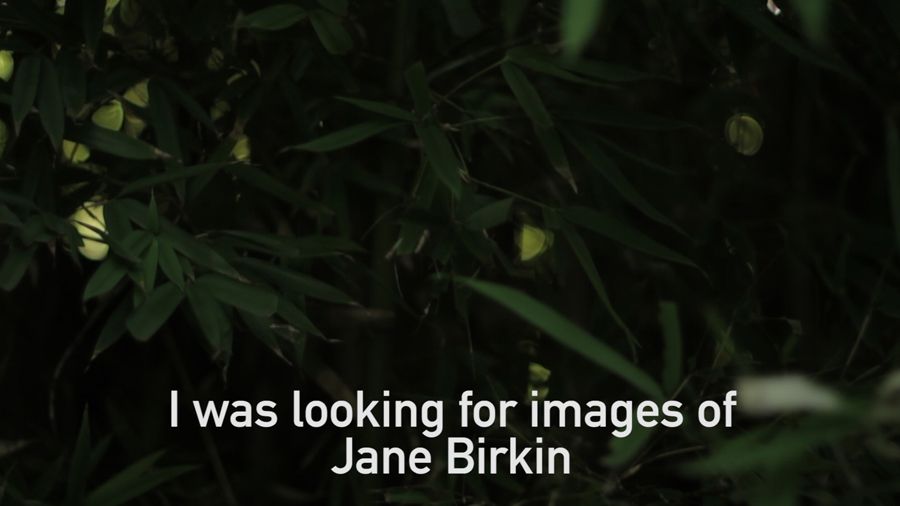Tahi Moore is arguably New Zealand’s best-kept secret. Having graduated with a BFA from Elam School of Fine Arts in Auckland in 2005, Moore has primarily exhibited in the antipodes. He collaborated early on with his compatriot Simon Denny, and has since managed to operate with relative discretion, creating strange and idiosyncratic videos and exerting a subtle but legendary influence on the local scene. What initially bewitched me was his video Marlowe vs the Star Chamber (2011), presented in his exhibition that year at Auckland’s Hopkinson Cundy gallery, Nonsuch Park. Allegedly departing from ‘no idea’, the mute, subtitled narrative follows a string of apparently random yet interrelated associations, beginning with (from the press release): ‘a movie frame of an empty room when Jane Birkin has just left, to images of Birkin bags, to a tattoo on Birkin’s second daughter’s arm of the scrawled word Marlowe, to the murder of Christopher Marlowe by his patron’s servant and the proximity to the Queen at Nonsuch Palace’. These anfractuous leaps and bounds are then paired with a nervous montage, which sometimes jibes with the narrative and, at others, ostensibly has nothing to with it – all of it suffused with an oddly lyrical beauty full of warm interiors and rich landscapes (a lyrical beauty, moreover, rendered tenable by how random and unsentimental it is).
To paraphrase a shrewd observation made about this work by Elam School of Fine Arts’s Jon Bywater: what else but the Internet could engender such far-reaching and unlikely associations? Considered in the context of the equally fragmented exhibition, which featured mysterious pieces of wood, paintings, lightbox photos and a printed A4 image of the entrance to Nonsuch Park taped to the wall, such a comment inevitably underlines Moore’s capacity to allegorise contemporary narrative, meaning and the perfectly aleatory clues from which it might issue into an intelligible form. Elaborately imitating a search engine, the artist could be said to pull back the reality curtain on the asubjective, authorless, exquisite-corpse generator lurking behind it. What is more, Moore seems particularly preoccupied by the increasingly complicated nature of desire – to whom it belongs and where it comes from – in our current web 2.0 paradigm. It is just such universal preoccupations, and the spontaneous formal finesse with which he articulates them, that both merit this underexposed artist the attention he so richly deserves and promise more compelling work to come.
This article originally appeared in the March 2012 issue.
